EMBRACING AI
Seeing the potential in artificial intelligence with our Design Director, Gian-carlo Lacanilao | Sept 29 2023
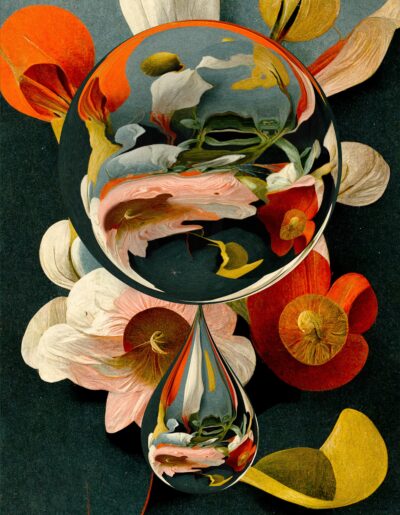
Seeing the potential in artificial intelligence with our Design Director, Gian-carlo Lacanilao | Sept 29 2023
Everyone has their take on AI. It’s a glowing beacon of the future. It’s the end of civilisation as we know it. To me, it’s a bright prospect for anyone working in the creative industry. We just need to see beyond the doomsday predictions to understand the opportunity that it really is.
Anyone reading about AI recently will have noticed the clickbait that’s shaping a narrative about jobs at risk. But technology threatening to replace livelihoods is nothing new. Just look at the printing press. Or a more recent example, the graphic designer. There are tools that we designers use today that someone who trained 25 years ago wouldn't know how to use. In fact, even the role of the graphic designer has changed. Our skillsets have evolved to be much broader, to include not just print, signage and corporate identity, but also digital, social and experiential touchpoints. Practical skills will continue to change, but the fundamental creativity fuelling our vocation remains the same.
And that’s where I see the potential for AI. It offers us a way to automate and optimise our work, freeing us up to hone those fundamental skills. Less time on tasks that can be automated leaves more time for the tasks that can’t: those that require creativity, problem solving and experimentation. It will usher in a new wave of creative opportunity. It means we can take on more meaningful jobs that need more focus from a human. The result? Humans will not be replaced by AI, they will be replaced by other humans using AI.
Broadly speaking, there are three key ways in which AI will impact the day-to-day work of designers. The first, and perhaps most crucial, is time. If I’m not spending energy on laborious jobs like correspondence or administrative tasks, I have more time for exploring. I can be more free, nimble and adaptable. I can offload some of that emotional labour and in turn, I can be more human. That’s been the biggest benefit for me. And while that does involve relying on a machine, machines can be more reliable than people.
The second is the way it can distill vast amounts of information into clear, top-line overviews. This is true for search engine results, but can now be employed when my team is articulating their work to creative directors or distilling their creative concepts into client-friendly presentations, which can be a needlessly time-consuming process.
AI helps us to connect technical information to a bigger picture in our creative expression. When you have something to say as a designer, your means of communication is visual and not typically through speech or writing. Some designers have that skill, or develop it, but especially for the junior members there’s a stage of growth required to get there. Most people are able to write what they mean, but composing it in a structure that is poignant and succinct — that's what they have trouble with. So how do you expedite the process?
It's not something often taught. Some people are really good at it, but Al is amazing.
AI has already played a role in helping my team. It builds autonomy and helps them connect different aspects of the creative process. AI gives people the tools to boost their confidence and contributes to their personal development. And that’s what AI is supposed to do, rather than take value away from people. The more we see it that way, the more we can see of the bigger picture of AIs creative potential.
And lastly, AI will unlock remarkable expansion. We don’t yet fully understand where these tools, like image and sound generation, can take us. We’ll have to figure out how to define the rules around intellectual property. It raises the question, what does AI mean for digital assets in our industry? We can expand our creative landscapes and combine new, diverse elements together, and we can use AI as part of the ideation process. It adds a completely new dimension to how we collaborate on creative projects — with other humans, as well as with AI. We’re at the threshold of unprecedented creative experimentation.
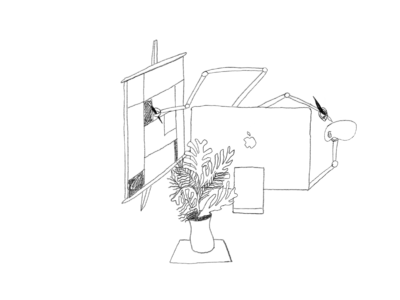
Illustration by Liam Creed.
But a lot of the time, we don’t see the opportunities, because we can’t quite see past the anxiety with which new technology is often greeted. If we want to stop fearing AI, we need to take the time to understand it. Because this isn’t a fad, it’s poised to completely change the way we interact with the internet. The best analogy is to see it like LEGO blocks. There will be applications using bespoke API’s to build on top of base protocols. For example, an AI language model like ChatGPT-3 provides the base layer for products like Jasper, a copywriting tool I use that uses the GPT-3 language model to generate natural-looking copy.
You can expect to see it integrated into everyday programmes like Microsoft Office and I’ve already noticed a huge difference in my day-to-day work thanks to the AI integration in Notion. Although it’s still in Beta stage, it offers a helpful example of what AI can do.
For example, if I’m looking for an informative quote from someone like Simon Sinek, previously I would go through Google. The process would require me to read through multiple web pages, trawl through his talks and sift through long stretches of text to find the information I’m after. AI can help to optimise that entire process and give me a list of his most informative quotes in five seconds without opening another window in my browser. And from there, I am able to decide for myself exactly what I’m looking for.
In the same way we’re no longer going to the library to pour through encyclopedias, this means we’ll be using search engines less and relying on AI more to find what we need instantly, efficiently and above all, effectively. This isn’t just about speed, but speed combined with intent and consideration.
To those who are still viewing AI from a place of fear, it’s important to remember that the fundamentals will stay the same. How we creatively think, our design thinking, our strategic thinking — that doesn’t change. For me, that’s the red thread through this — our creativity and our imagination.
That’s the anchor. If you call yourself a creative, what are the foundational principles? Adaptability, openness, curiosity. You can’t be creative if you’re fixed. We need to have an open mind to the innovative shifts coming our way. If we want to create a better world, we need to be open to everything.
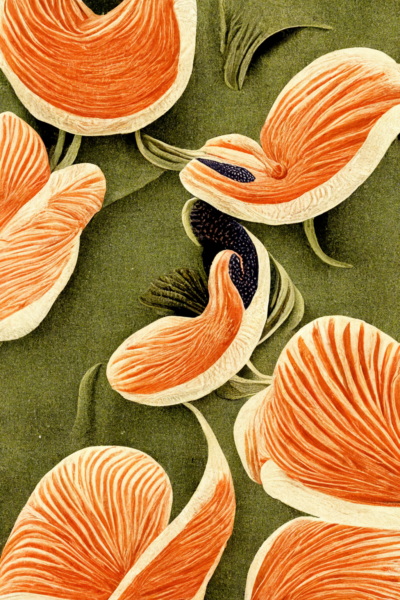
Pattern made of fluro Anemone in the style of John James Audubon.
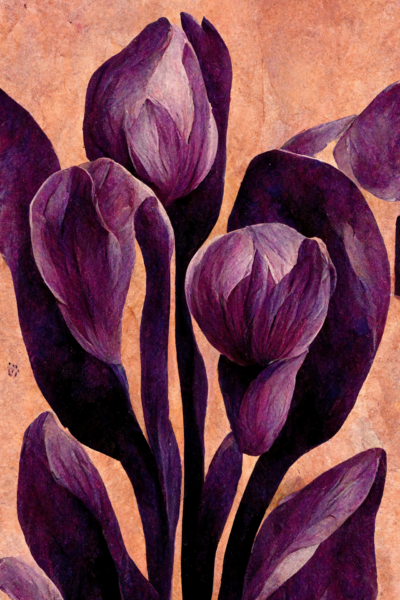
Purple tulips intertwined in the style of Mark Rothko.
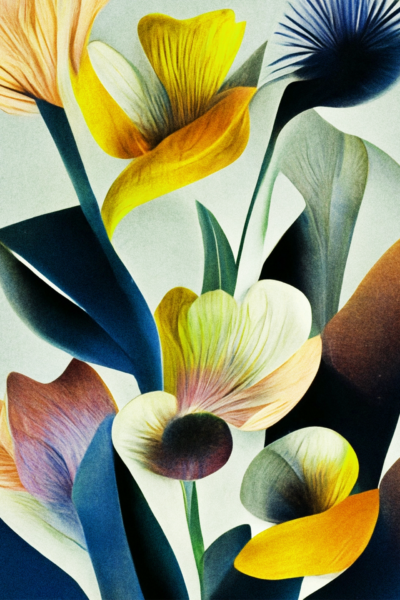
Modern flowers in the style of Jan Davidsz. De Heem.
Following our brand identity work for Green Biofuels, we created a set of original AI artworks to celebrate the collaboration between GBF and Frieze London. Using the platform Midjourney, the concept sought to recreate the flora and fauna of Regent's park in the style of modern masters.